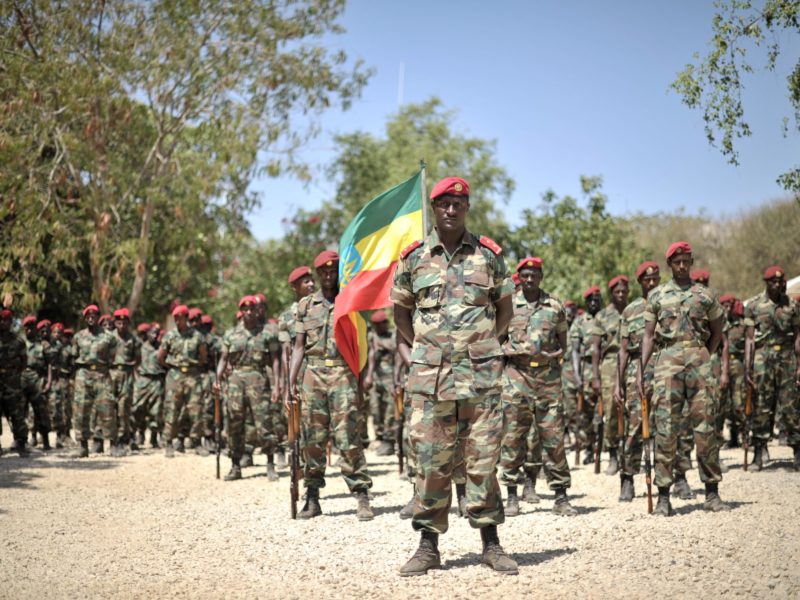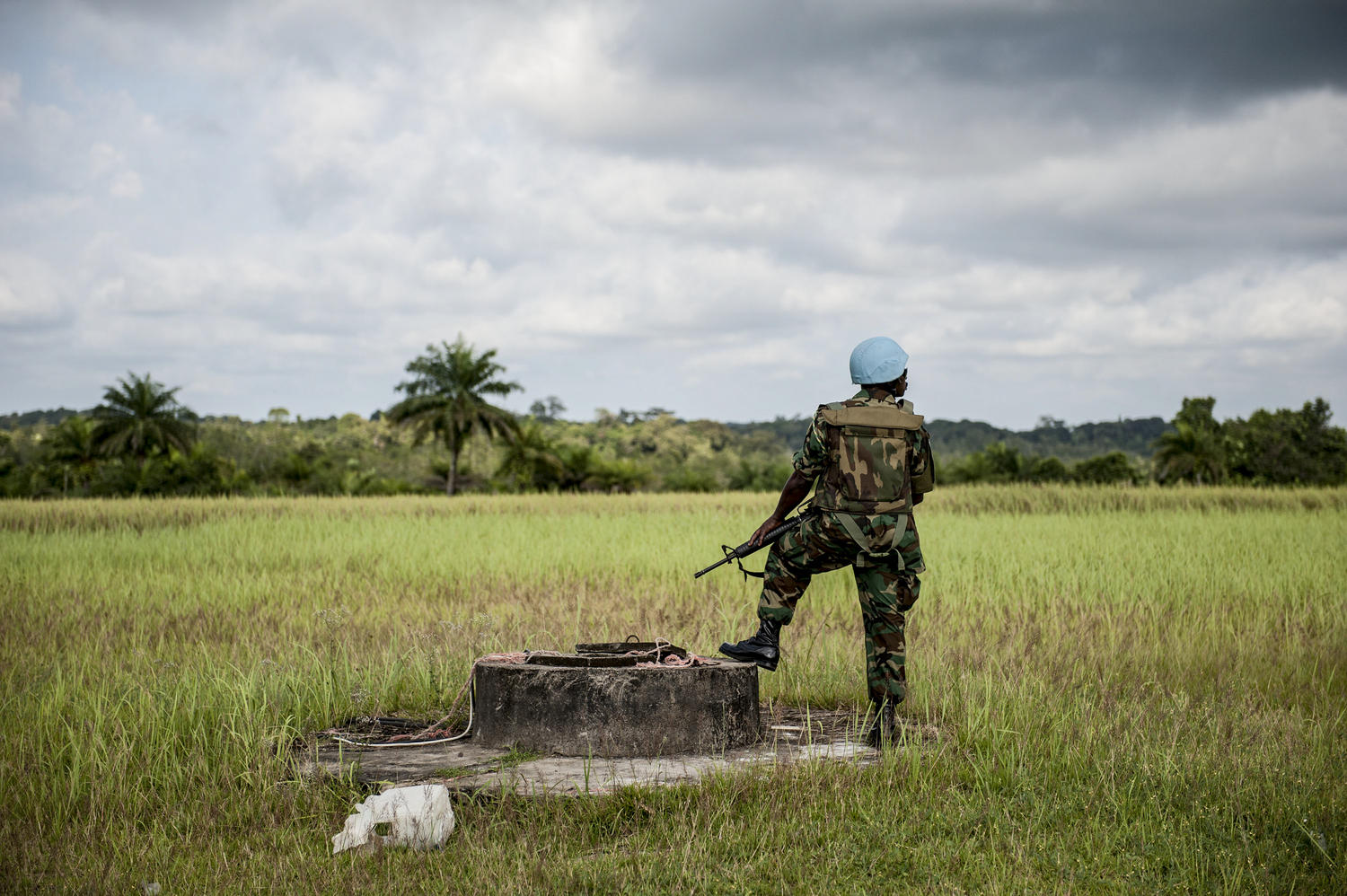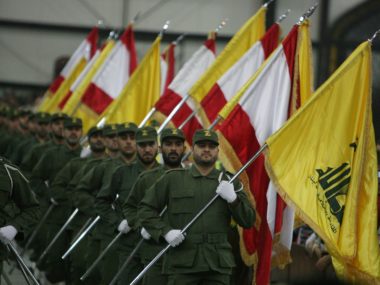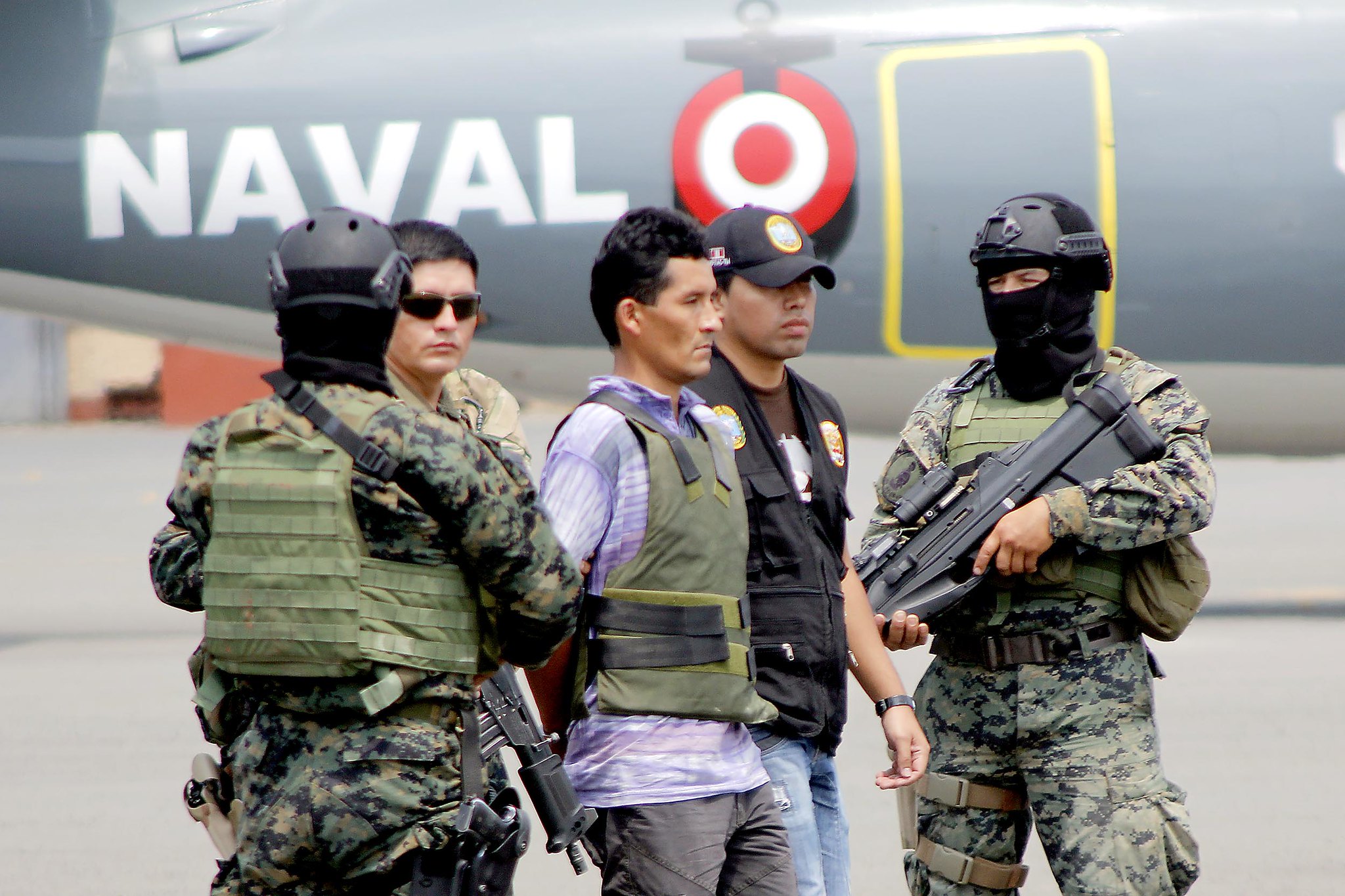Guest post by Júlia Palik
In November 2022, the government of Ethiopia and the Tigray People’s Liberation Front (TPLF) signed a peace agreement to end two years of conflict which killed thousands and displaced millions of people. The Pretoria agreement calls for the disarmament, demobilization, and reintegration (DDR) of the TPLF. It stipulates an overly ambitious timeline according to which TPLF fighters have to disarm heavy and light weapons within 30 days of the signing of the agreement. Two weeks after the deal the parties specified that the TPLF is to disarm when foreign forces—i.e., fighters from Eritrea and the Amhara region—leave Tigray. While the TPLF did not disarm by the initial deadline, in early January, TPLF members began to hand in their heavy weapons. Although the process has started, the Tigray presidential spokesperson said that disarmament could take months, if not years to complete.
What can previous DDR processes tell us about the likely outcomes of the Pretoria deal?
DDR programs are generally thought to prevent conflict recurrence, but the global evidence to support this claim is thin. Yet donors continue to fund DDR projects that may not be able to deliver the proposed outcomes.
To better understand the impact of DDR programs, our team has been collecting cross-national data on DDR provisions in peace agreements. While this work is still underway, we’ve learned four key lessons that provide clues about how the TPLF’s DDR process may fare.
Disarmament is not going to solve the underlying conflict
While disarmament can theoretically restore the Ethiopian government’s monopoly of violence—and thus make renewed civil war less likely—our research showed that complete disarmament almost never happens. Even if the TPLF hands in most of its heavy weapons, it is unlikely that all of the group’s small arms and light weapons will be collected. Rebel groups tend to keep some of their weapons as security guarantees, but this can lead to conflict recurrence, as was the case in Mozambique. But other cases, such as Tajikistan, show that complete disarmament does not necessarily need to take place for peace to prevail. Given that disarmament is the costliest concession rebels can make, they often require inducements, such as political and military integration or amnesty. The Pretoria agreement is silent about such buy-ins, making it questionable that TPLF will fully renounce its armed struggle in the medium to long term.
Standard demobilization and reintegration are unlikely to work in the case of TPLF
Although DDR programs consist of at least three substantially different activities, the Pretoria agreement devotes only one line to demobilization and reintegration. Yet this task is essential, and likely to be especially challenging in the case of the TPLF. The TPLF is not a loosely connected rebel group scattered across the country, but a geographically concentrated entity with decades of governance experience. To break up command and control ties, demobilization programs typically scatter combatants around different areas (which is an incomplete solution in itself, since geographic distance may not automatically create social distance). This is not a viable option for TPLF fighters who have lived and fought in the same place, similar to Moro Islamic Liberation Front fighters in the Philippines. Demobilization and reintegration in the same community where rebels were recruited pose unique challenges. Other programs that have focused less on breaking up command and control ties and more on exploring and utilizing the peacebuilding potential of ex-combatants, may be better suited for this context. There is also speculation that parts of the TPLF might be integrated into the federal army. Although integration has been tried in other places like Nepal, there is little evidence that military integration is an effective peacebuilding strategy. Even if army integration happens, not all TPLF members will be part of a future army. Most of them will need economic, political, and social reintegration support if sustainable peace is the aim.
The focus is on “young men with guns” and neglects the role of women and children
The Pretoria deal’s DDR program has no specific provision related to female combatants or minors recruited by the conflict parties (Article 4 only says that parties shall condemn the recruitment of child soldiers). Yet, both children and women were part of the TPLF. The lack of reference to these groups is problematic since research shows that conflicts characterized by high levels of child soldier recruitment are more likely to recur. While women combatants are rarely seen as threats to peace, sustainable resolution requires that reintegration programs take into account that female ex-combatants are stigmatized and often pushed back to pre-war gender roles when returning to their home communities. In previous demobilization and reintegration efforts (1991-1997), the government (at that time the TPLF-led coalition) did not provide tailored reintegration support to female ex-combatants. The current agreement seems likely to repeat this mistake.
External actors need to provide resources for implementation
One of the most important findings of research on DDR is that that unless the disarmament process is accompanied by meaningful external security guarantees, groups that are disarming may perceive themselves to be vulnerable, and conflict may recur if they are attacked or pre-emptively attack others. DDR programs are costly. Their implementation requires resources, which are usually covered by external actors (the UN and the World Bank, among others). While, representatives from the government, the TPLF, The Intergovernmental Authority on Development, and the African Union are jointly monitoring the implementation of the TPLF’s disarmament, there is little transparency regarding the funding of these mechanisms and the power the monitoring team has in case of breaches of the deal. Although inclusive national DDR ownership is desired by the UN, it needs financial resources and functioning institutions that are capable of managing donor funding. If the DDR process moves to the demobilization and reintegration components, the Ethiopian government will need to make sure that it is able to design and execute these processes, otherwise ex-combatants will have little incentive to fulfill their parts of the deal.
The Pretoria agreement has put a halt to the violence that devastated Ethiopia for two years. This is a laudable achievement. For guns to remain silent, however, there is a need to build on the initial momentum and complement disarmament with a viable demobilization and reintegration program that benefits combatants and their communities alike.
Júlia Palik is a Senior Researcher at the Peace Research Insitute Oslo.





